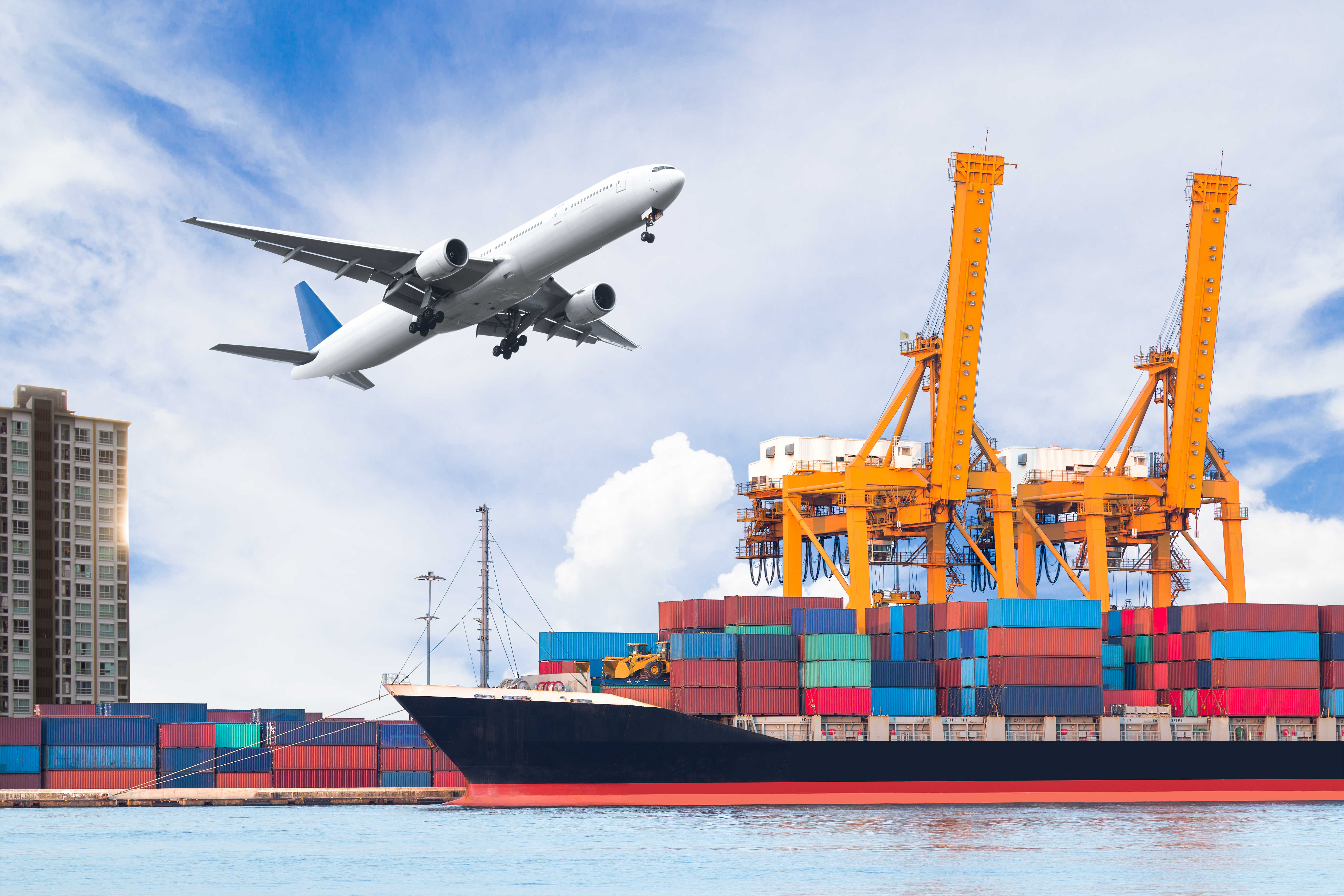This is a term that I kept hearing in maritime classes during my college years, and last week I saw many force majeure declarations from several carriers due to the catastrophic Sandy hurricane on the east coast. So what is a Force Majeure?
The french phrase translates to “superior force”, and is commonly available in many contract types. In maritime, it relieves the parties to the contract of their obligations and liabilities when circumstances beyond their control can prevent them from performing under the contract. Examples of circumstances that might require a force majeure are war, strike, riot, piracy and Act of God. A force majeure clause does not, however, excuse a party from its negligence or failure to perform under conditions that are ordinary or expected.
Three elements of Force Majeure
- Externality; circumstances have to be beyond the control of the parties
- Unpredictability; event must not be anticipated, if foreseeable party must be prepared for it
- Irresistibility; consequences couldn’t be avoided
Last week many steamship lines announced force majeure after port operations in New York and New Jersey were stopped and many import containers have been re-directed to alternative ports like Baltimore and Norfolk. Approximately 6,000 containers were rerouted to Virginia cargo terminals. Now business owners are frustrated trying to figure out how to bring all these containers back to their original destination. Importers can pick up their containers from Norfolk port at their own cost, while those who want their containers moved back to New York need to consider bearing additional costs on top of their original freight charges.
APL has secured rail transportation arrangement with CSX to establish routing to South Kearny in New Jerey, a rail facility at a cost of $750 per container all on the importers account, while some ocean carriers already made an arrangement with barge movers for the transportation of 1200 containers.
After surviving one of the biggest hurricanes in North America, the biggest challenge facing Northeast importers is to get a hold of their merchandise.





